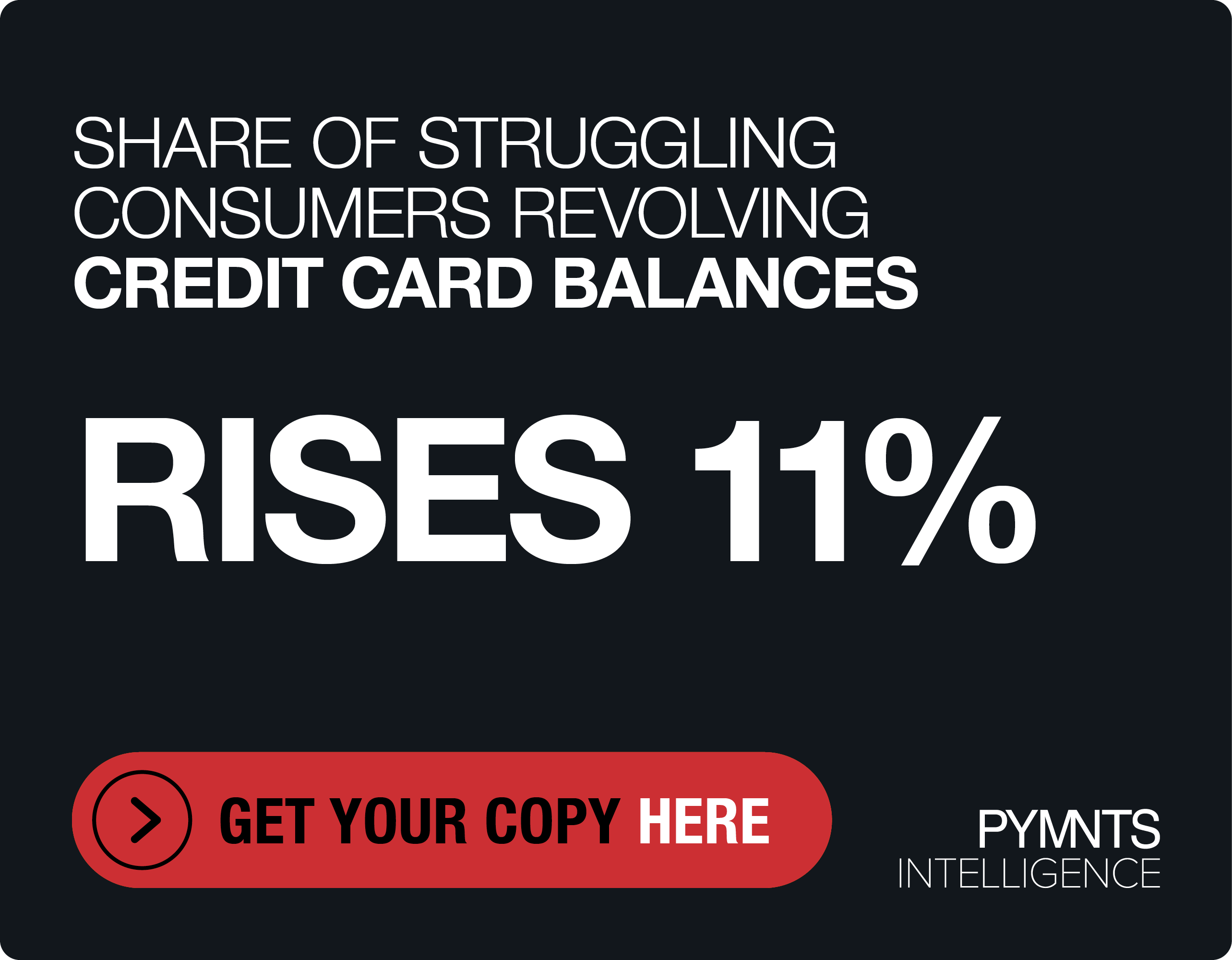Identifying And Reducing Payments Friction, One Vertical At A Time

Legendary mid-20th-century management consultant W. Edwards Deming once said, “Inspection to improve quality is too late, ineffective, costly. Quality comes not from inspection, but from the improvement of the production process.” Things change, but Deming’s point is relevant.
It’s process inefficiency he was calling out, and it remains a ghost in the machine today. In Payments 2021: Assessing the Digital Gaps in Business Payment Flows, a PYMNTS and Flywire collaboration, researchers asked probing questions about managing the cost of doing business in a world still gripped by COVID strains and bedeviled by recession.
“The first step in understanding why technology firms, educational institutions and travel companies are looking to adopt digital B2B innovations is to grasp the scope of their current payments inefficiencies,” the report states. “Firms in these sectors spend an average of 2.8 percent of their annual sales on maintaining their payments operations and processing transactions, with travel companies spending the most of all. The average travel company spends 3.2 percent of its sales on payments. This compares to 2.7 percent of sales spent by technology firms and 2.6 percent of sales spent by education institutions, on average.”
Noting that most of this “expenditure stems from organizations’ own operational inefficiencies rather than from excessive transaction fees,” the report adds that “if firms want to lower the cost of their payments operations, it is best to begin by focusing on improving their own operational efficiencies rather than on transaction costs.”
To remedy the cost of payments tech in 2021, companies are embracing systems engineered to operate efficiently and with all manner of automation. Deming would be most satisfied.
Making Payments Cost Behave
Surveying close to 500 decision-makers at education institutions, tech firms and travel companies about their payments processes, the Payments 2021 Report examines challenges to businesses in making and receiving business payments domestically or cross-border.
Among the key findings is the fact that the average business spends nearly 3 percent of its sales on making, collecting and managing payments from other businesses, with travel companies generally spending the most. Bringing down processing costs is one way to fill the gaps.
“Businesses judge their payment operations’ effectiveness by operational costs above all else (cited by 49 percent), followed by access to real-time data for collecting payments (47 percent),” per the report. “The third-most common way firms judge the effectiveness of their payment operations is by the speed at which they can access funds delivered to their accounts, with 46 percent of decision-makers saying this factor plays a role.”
Positive movement is happening, however, as Payments 2021 notes that “most firms have already invested in technologies like localization tools and tokenization — features that were once considered differentiators in the payments space but have since become table stakes. Many are now looking to get back to the basics, focusing on innovations that can help them expand their businesses and manage their cash flow. Our research shows that 42 percent of all businesses are looking to focus on payments innovations that can help expand their vendor relationships and 34 percent are looking to expand their payments teams.”
Transparency, Visibility, Liquidity
In identifying the logjams and lag times, accounts receivable (AR) and accounts payable (AP) are being tamed at a time when companies are dealing with many operational changes. Transparency into liquidity is always critical, but in 2021, it’s a matter of survival for many.
“Having accurate, up-to-date information on where funds are in the payments process can help firms stay on top of their accounts payable (AP) and accounts receivable (AR), but our survey suggests that many firms lack data management systems that provide them [with] real-time data visibility,” according to Payments 2021: Assessing the Digital Gaps in Business Payment Flows.
The report adds that “the three most universal payments frictions businesses say hinder their payments operations are handling questions from customers, waiting too long to receive payments and having to manage multiple vendor relationships — all of which can be alleviated by using tools that give real-time access to payment data.”
